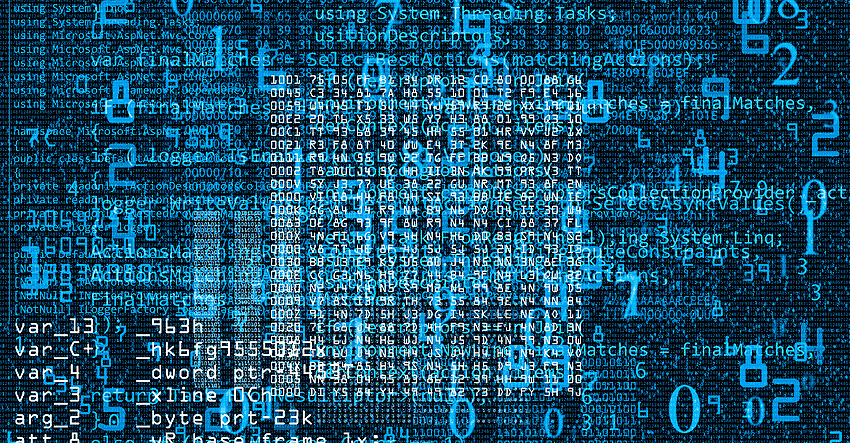What is the SWIFT code? When is it used?
14/11/2019
You may have been asked for a SWIFT code when you have needed to make an international transfer. The SWIFT code (also known as the Bank Identifier Code, or BIC) enables the recipient bank in a transfer to be identified and supplements the information provided by the
++ Enlace Roto ++
. In February 2016, the SWIFT code was replaced by the IBAN for transactions within the Single Euro Payments Area (SEPA). If you do not know the SWIFT code of your account, you can usually find it with the account number (IBAN) or you can ask your bank.Remember that in order for a transfer within the European Union to be subject to the same fee as a domestic transfer for the same amount, the payer must provide the bank with the IBAN and SWIFT codes of the recipient of the transfer.
The code normally comprises eleven characters, although on occasion there may only be eight. Let’s look at an example:
- Four letters to identify the bank.
- Two letters to identify the country, in this case Spain (ES).
- Two letters to indicate the bank’s location. For example, Madrid (MM) or Barcelona (BB).
- The last three digits, which are optional, identify the office or branch of the bank. XXX means that the office carries out settlement centrally.
Did you know…? SWIFT stands for Society for World Interbank Financial Telecommunication, a cooperative with head office in Belgium which was founded in 1973. Around 12,000 financial and non-financial institutions from over 200 countries are interconnected through SWIFT. As such, it is not a payment system, i.e. it does not send or receive money from one bank to another, but a private company that provides a messaging system. These messages speed up international transfers by enabling the parties involved to be identified in a secure, standardised and reliable manner. To give you an idea of its volume, on average around 32 million messages are exchanged every day.



